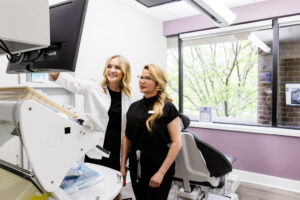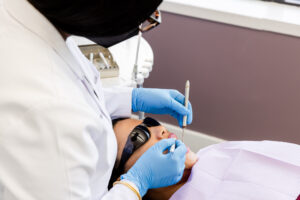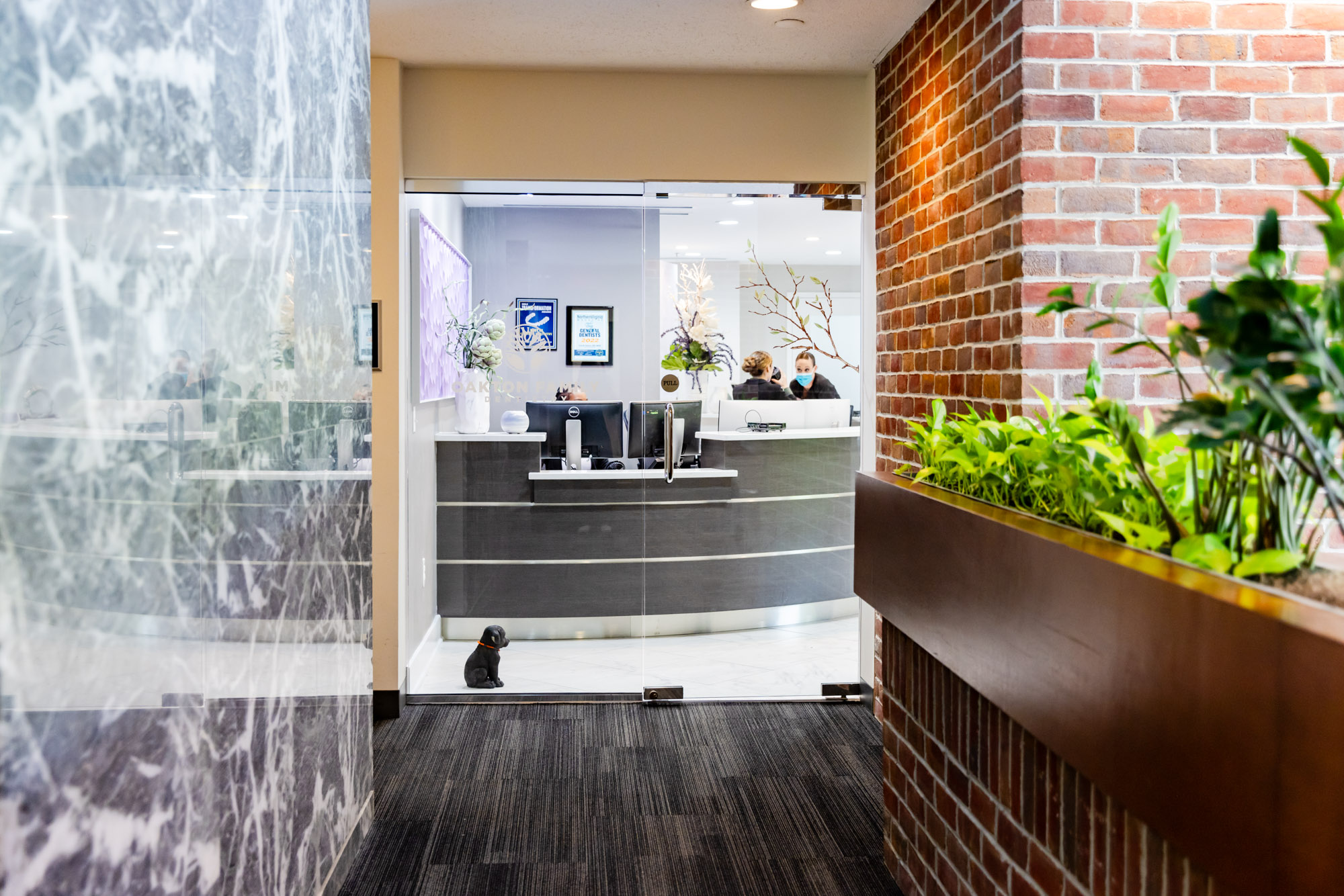Bone grafts are most commonly used for patients who need an implant or have advanced gum disease. We’ll start by determining if a bone graft is necessary by using an X-ray. Then we’ll talk you through the process and next steps.
Bone Grafting in Fairfax
Protect Your Smile
Dental bone grafts improve your candidacy for other restorative procedures and replace jawbone loss that leads to other oral health problems.
A healthy jawbone is the foundation for a healthy mouth. Bone loss from injury or disease can lead to irreversible changes in your facial structure and further dental issues.
At Oakton Family Dentistry, we provide expert care and maximum comfort for patients who need bone grafting in Fairfax. Bone grafts can prepare you for implants or replace jawbone loss caused by missing teeth or gum disease by taking bone (or a synthetic) and attaching it to the area affected by bone loss.
Meet Your Experts
Oakton Family Dentistry provides next-level service and care for your oral surgery needs.
Our team of dentists is committed to providing expert care with the best technology and techniques available. To make it easier for our patients to achieve the highest level of oral health, we’ve curated a personal and comfortable environment that makes you look forward to your visits.
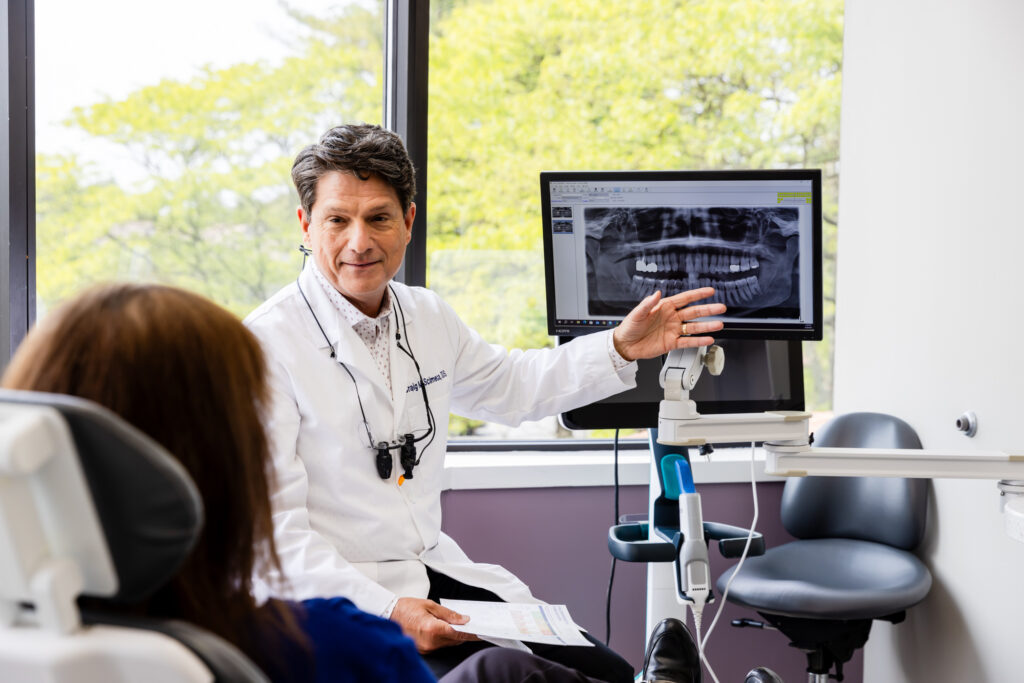
What to Expect
By first identifying and locating areas of lost bone with a 3D Cone Beam X-ray, we can begin planning the bone graft procedure. We’ll determine what type of material we’ll use during your graft, answer any quesitons you have, and schedule your surgery.
Using either synthetic bone material, donor bone, or a bone from another part of your body, we will fill in any areas that lack bone density. This material will be placed into the jawbone through a small incision in the gum tissue.
We will cover the material with a protective membrane and allow the area to heal and fuse with the surrounding bone.
After your procedure, you may experience some pain and swelling that can be managed with ice and over-the-counter pain relievers. You’ll likely feel mostly back to normal in 1 to 2 weeks, but full healing may take up to 3 months.
The Clear Choice
Bone grafting is commonly used in preparation for dental implants to help fill in gaps from missing teeth.
Missing teeth can impact your ability to chew and speak, as well as lead to further bone loss and structural concerns. Dental implants are one of the most effective ways to provide natural-looking and feeling replacements and restore your smile.
Oakton Family Dentistry is a ClearChoice implant center, making us one of the best places to get dental implants in Fairfax.
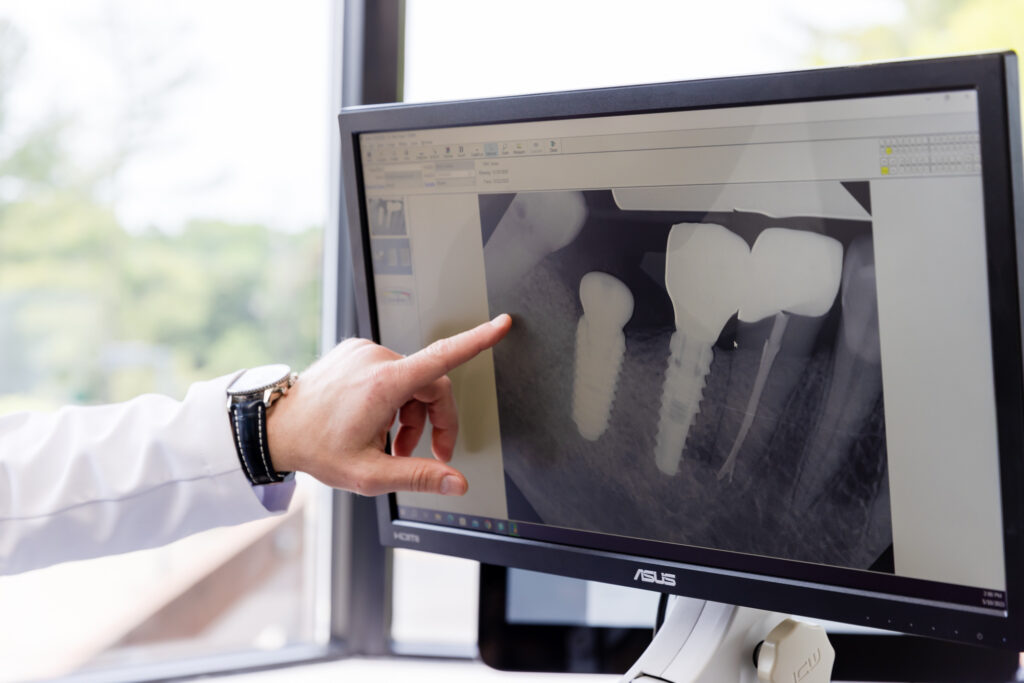
What We Do
Restorative Dentistry
The entire Oakton Family Dentistry team prioritizes your oral health, safety, and comfort above all.
Restore Function
Damaged teeth can impede chewing and speech. We provide solutions.
Prioritize Your Comfort
Oral procedures can cause anxiety, but we ensure your comfort with multiple options.
Improve Confidence
You deserve to have a smile you’re proud of. Implants can fill in gaps left by missing teeth and gum disease.
Frequently Asked Questions
A bone grafting procedure is most commonly recommended to patients that are seeking dental implants but lack the jawbone density needed to secure the appliance in place. This is due to bone loss in the jaw that occurs most commonly as a result of tooth loss.
Once a patient loses a tooth, the jawbone lacks stimulation and, without purpose, will begin to shrink and deteriorate. This most often results in premature aging of appearance, as wrinkles form around the lips, and the chin appears to become shorter. Fortunately, this process can be reversed with a bone grafting procedure. Once healed, a bone graft will also allow for dental implants to be placed and further bone loss to be avoided.
Generally, bone grafts can be completed under local anesthetic. In some more involved cases, we may recommend general anesthesia. We’re happy to talk about your sedation and comfort options during your initial exam while preparing for your surgery.
Your bone graft will need to heal for a minimum of 2 to 4 months before it’s strong enough for the implant procedure.



